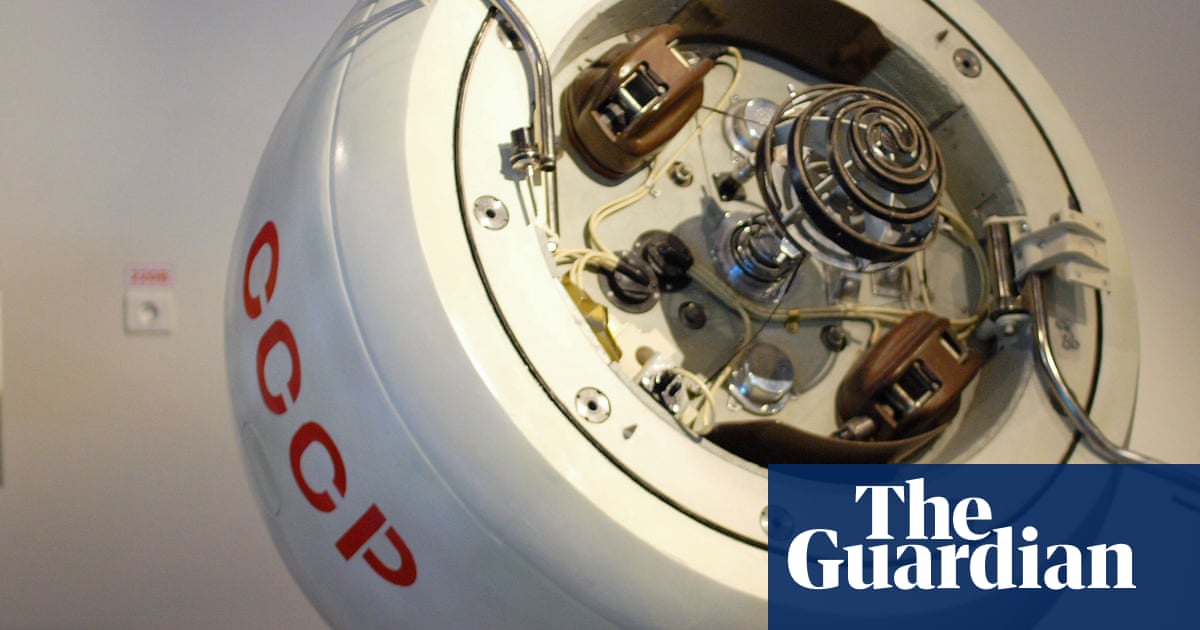When 28 Days Later came out in 2002, it shook up the horror scene. The chilling sight of Cillian Murphy wandering through an eerily deserted London captured a raw fear. Fast forward to March 2020, and that nightmare felt real as COVID-19 turned the city into a ghost town. While Murphy’s character faced haunting "missing" posters, today, a memorial wall near Parliament honors over 200,000 lives lost in the UK.
Now, director Danny Boyle and writer Alex Garland are back with 28 Years Later. Boyle explains that the recent pandemic made real-life fears more intense. What once felt far-fetched suddenly seems possible. The movie explores not just horrors but also how we adapted to a new reality.
Life After the Outbreak
In this sequel, the "infected" have been pushed back to the UK after the events of 28 Weeks Later. Survivors struggle to survive in a world transformed. One such survivor is 12-year-old Spike, played by Alfie Williams. He lives on Holy Island with his father, Jamie (Aaron Taylor-Johnson), and mother Isla (Jodie Comer). Their world is isolated, with only a single causeway to the mainland.
The rift between adults and children is stark. Jamie takes Spike on a hunting trip for his birthday, initiating him into survival. As they venture out, they face a new breed of infected who say it all: the Rage Virus hasn’t faded; it’s evolved.
Boyle sees humans adapting as essential. He reflects, “After 28 years, people take more risks. It’s about exploring boundaries.” This resonates with the pandemic experience when many learned to navigate risky situations differently.
Hard Truths in a New World
The filmmakers chose a young lead for a reason. Horror often thrives on innocence, and Spike’s journey explores what truths adults withhold from children to shield them. Comer relates, sharing her experience of her parents wanting to protect her from difficult realities.
Isla’s character mirrors this struggle, battling her own illness while trying to care for Spike. She oscillates between clarity and confusion, embodying the complex realities of living in a post-apocalyptic world.
Navigating Crisis
This isn’t Comer’s first time tackling crisis themes. In The End We Start From, she faced an apocalyptic flood; in Help!, a COVID-19 drama. But zombies are new territory. "It’s thrilling," she admits, noting the realism achieved by using little CGI—many performances came from raw human emotion.
As Isla, Comer moves from moments of weakness to decisive action, showcasing her character’s remnants of strength. Capturing these emotional highs and lows proved a challenge.
A Cultural Reflection
Boyle’s storytelling has always tackled social truths. He highlights the need for a tender connection between Spike and Isla as she guides him beyond the hard realities of survival.
Early reviews for 28 Years Later have been positive. Critics praise its depth, with some calling it Boyle’s best work in years. Yet, some argue the film’s ambition can feel overwhelming.
Boyle envisions this as the start of a trilogy, with more layers to explore. The societal fears reflected in this horror resonate with our current political climate. He observes that fear surrounding big changes is prevalent in today’s world.
The Real "Rage Virus"
As the original film’s Rage Virus was born from manipulating animals, Boyle reflects on the real rage stemming from today’s media. "Social media is powerful but can distort communication," he warns. Yet, he finds cinema’s shared experiences vital, emphasizing the need to preserve authentic connections.
Ultimately, 28 Years Later presents a raw look at fear, adaptation, and our shared humanity. Two decades have blurred the lines between fiction and reality, leaving us to question what scares us most, both on and off the screen.






















